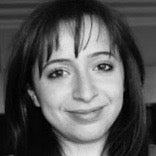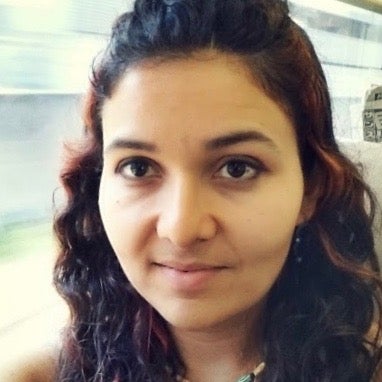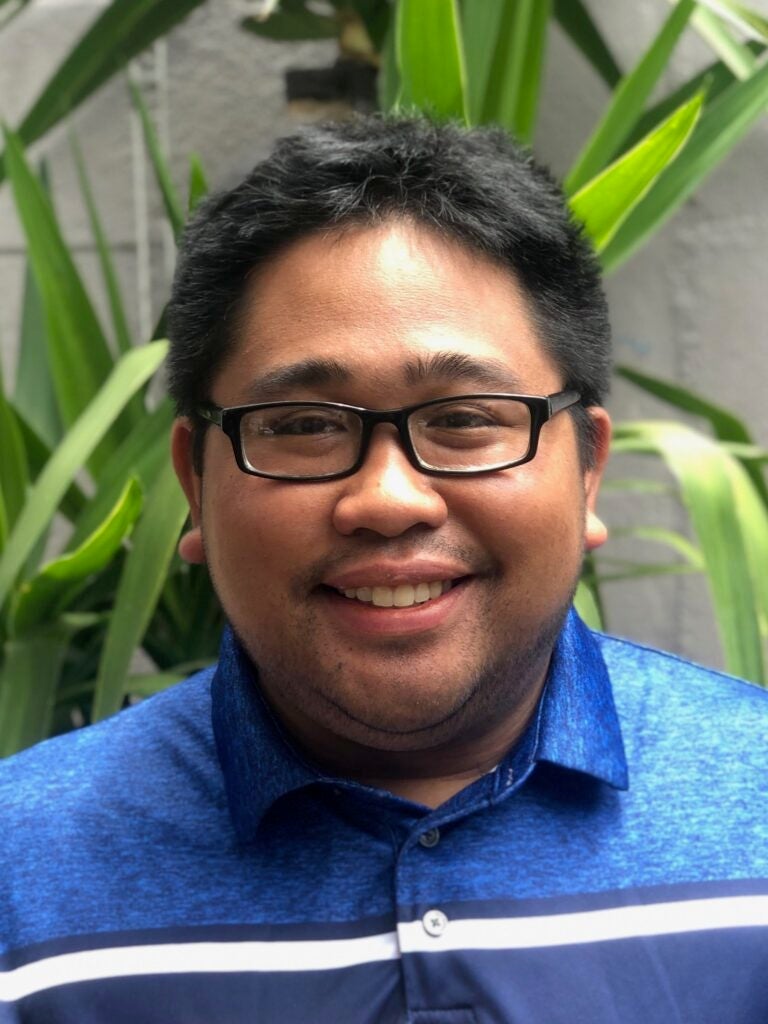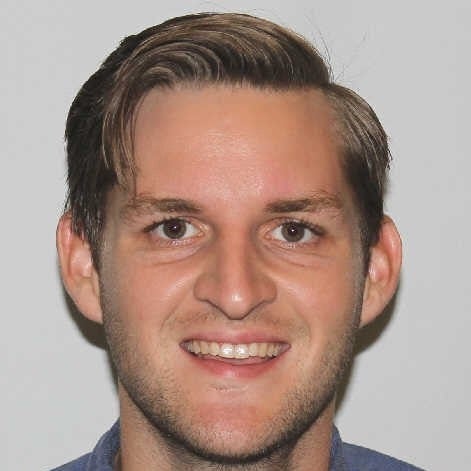Graduate student advising
Most of my advisees are Ph.D. students at USC, though I occasionally advise Masters students (including students in the Progressive Degree Program) and undergraduates.
If you are a Ph.D. student interested in working with me, you should do the following (items 2 and 3 below may be permuted, but item 1 should come first and item 4 last):
- Read this web page.
- Talk with one (or more) of my graduate students about what it is like to work with me.
- Glance through one (or more) of my recent papers to see if they look interesting to you.
- Stop by my office to discuss a reading course sometime on a Monday, Wednesday, or Friday.
In general, I will not take on more than 4.0 students at a given time, where the student weight function is 1.0 for graduate students, 1.5 for postdocs, and 0.5 for undergraduate students or co-advised graduate students. I try to adhere to this limit to ensure that I have adequate time for all of my students while still maintaining my own research program and sanity.
Past graduate students
Dissertation title: Advances in the Combinatorics of Shifted Tableaux.
Ezgi studied shifted combinatorics and specializes in counter-examples. She found ways to transfer many nice combinatorial constructions that exist in type A to natural constructions in type B.
First position: Postdoc at KTH Royal Institute of Technology in Stockholm.
Dissertation title: Categorical Operators and Crystal Structures on the Ring of Symmetric Functions.
Nicolle studied Demazure modules and their connections with nonsymmetric Macdonald polynomials. She also worked on problems in categorification with Professor Aaron Lauda.
First position: UC President’s Postdoctoral Fellowship at UCLA and a Morrey Visiting Assistant Professorship at UC Berkeley.
Dissertation title: A Pieri rule for key polynomials.
Danjoseph studied type A Demazure characters, also called standard bases or key polynomials, from a combinatorial perspective by developing properties of Kohnert diagrams.
First position: Instructor with the Art of Problem Solving.
Dissertation title: Permutations, Statistics, and Switches.
Peter explored the distribution of permutation statistics when one restricts the cycle type, developed mathematics behind the Spinning Switches puzzles, and won prize money from problems posed by Richard Arratia.
First position: Visiting Assistant Professor at Harvey Mudd College.
Grant Bowling (Ph.D. 05/2023)
Dissertation title: Characters of Flagged Schur Modules and Compatible Slides.
Grant studied characters of flagged Schur modules, most notably including Demazure characters and Schubert polynomials, with emphasis on efficient recursive constructions.
First position: Industry

Henry Ehrhard (Ph.D. 08/2023)
Dissertation title: Colors, Kohnert’s Rule, and Flagged Kostka Coefficients.
Henry worked on a variety of topics within Symmetric Function Theory. He developed crystals models for Stanley’s chromatic symmetric functions and characters of flagged Schur modules, and generalized ribbons to the non-symmetric setting to study non-symmetric Kostka and inverse-Kostka coefficients.
First position: Still deciding

Samuel Armon (Ph.D. 08/2025)
Dissertation Title: Atoms, Kohnert’s Rule, and Science Fiction
Sam authored six papers as a graduate students, on topics in Combinatorial Representation Theory, including Garsia-Haiman modules, flagged Schur modules, crystals for Demazure atoms, and much more. He began collaborations with postdocs here at USC as well as faculty and students at other universities.
First position: ICERM program on Categorification and Computation in Algebraic Combinatorics

Graduate reading courses
If you are a graduate student considering working with me, then the first step is to set up a reading course. This gives us an opportunity to work together and gives you a hands-on introduction to the area in which I work. Any one of the following excellent graduate texts would be suitable for a reading course:
- Symmetric functions
- I. G. Macdonald, Symmetric Functions and Hall Polynomials. This is the definitive encyclopedia on symmetric function theory. All it lacks is RSK.
- Richard Stanley, Enumerative Combinatorics, Volume II. Chapter 7 features a thorough treatment of classical symmetric function theory, with more examples and combinatorial constructions than Chapter I of Macdonald.
- Representation theory
- William Fulton, Young Tableaux: With Applications to Representation Theory and Geometry. This excellent text has three sections: an elementary introduction to algebraic combinatorics; a combinatorial construction of representations of symmetric and general linear groups; and an advanced study in Schubert calculus.
- Bruce Sagan, The Symmetric Group: Representations, Combinatorial Algorithms, and Symmetric Functions. A thorough guide to combinatorial representation theory that builds more theory than Fulton while maintaining a concrete approach.
- Algebraic geometry
- I. G. Macdonald, Notes on Schubert polynomials. Macdonald’s notes give an encyclopedic treatment of Schubert polynomials, cleaning up many classical results of Lascoux and Schutzenberger.
- Laurent Manivel, Symmetric Functions, Schubert Polynomials and Degeneracy Loci. A solid introduction to Schubert calculus and polynomials that includes the geometric background with more explicit detail than Fulton’s Young Tableaux, Part III.
Combinatorics Seminar
A good way to learn about the broader area of Combinatorics is by attending the USC Combinatorics Seminar. In addition to external speakers, each semester several faculty and postdocs at USC present on their current research. Talks are generally accessible to first year graduate students.
Undergraduate student advising
Occasionally I advise strong undergraduate mathematics majors in independent research projects in Combinatorics. If you are interested in working with me, please know that this will happen only if all of the following conditions are met:
- I have a suitable research project available.
- I have not reach my 4.0 student limit (see Graduate student advising).
- You have taken and enjoyed Math 410, and (at least) one of Math 432 or Math 470.
- You stop by my office to discuss math sometime on a Monday, Wednesday, or Friday.
Past undergrad students
- George Wang (Spring 2015 — Spring 2016) studied enumeration of Young tableaux. His research project culminated in a research paper, referenced below. George was the 2016 recipient of the Al and Teresa Zobrist Excellence in Mathematics Senior Prize at USC, and he was awared a National Science Foundation Graduate Research Fellowship to pursue a Ph. D. in mathematics at the University of Pennsylvania.
- Sabrina Enriquez (Fall 2017) studied reduced words for permutations. Sabrina was the 2016 recipient of the Al and Teresa Zobrist Excellence in Mathematics Senior Prize at USC, and she was awared a National Science Foundation Graduate Research Fellowship to pursue a Ph. D. in mathematics at the University of California, Davis.
- Reena Somani (Fall 2022 – Spring 2023) studied Kohnert’s rule in the context of K theory. Reena completed a Masters degree in Mathematics at USC concurrent with her BS and went on to pursue a Ph. D. in mathematics at the University of Chicago.
Tips for applying to graduate programs in mathematics (2014)
This clip came from a 1 hour workshop on applying to graduate school that I gave during a visit to my undergraduate alma matar, the University of Notre Dame, in 2014. While I am clearly biased, I do believe that it has some good advice for undergraduate students planning to apply to graduate programs.
It is not knowledge, but the act of learning, not possession but the act of getting there, which grants the greatest enjoyment.
— Johann Carl Friedrich Gauss



